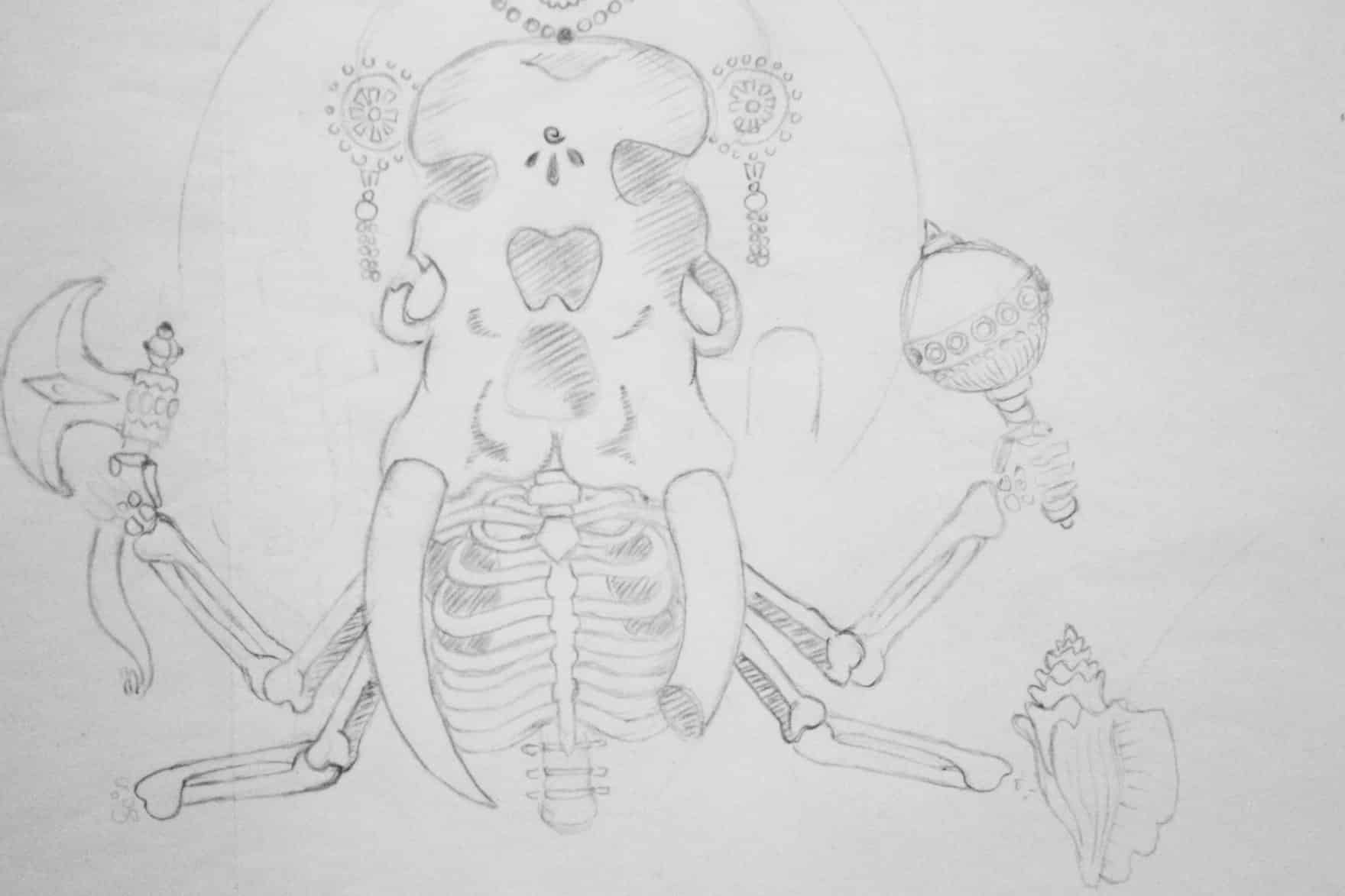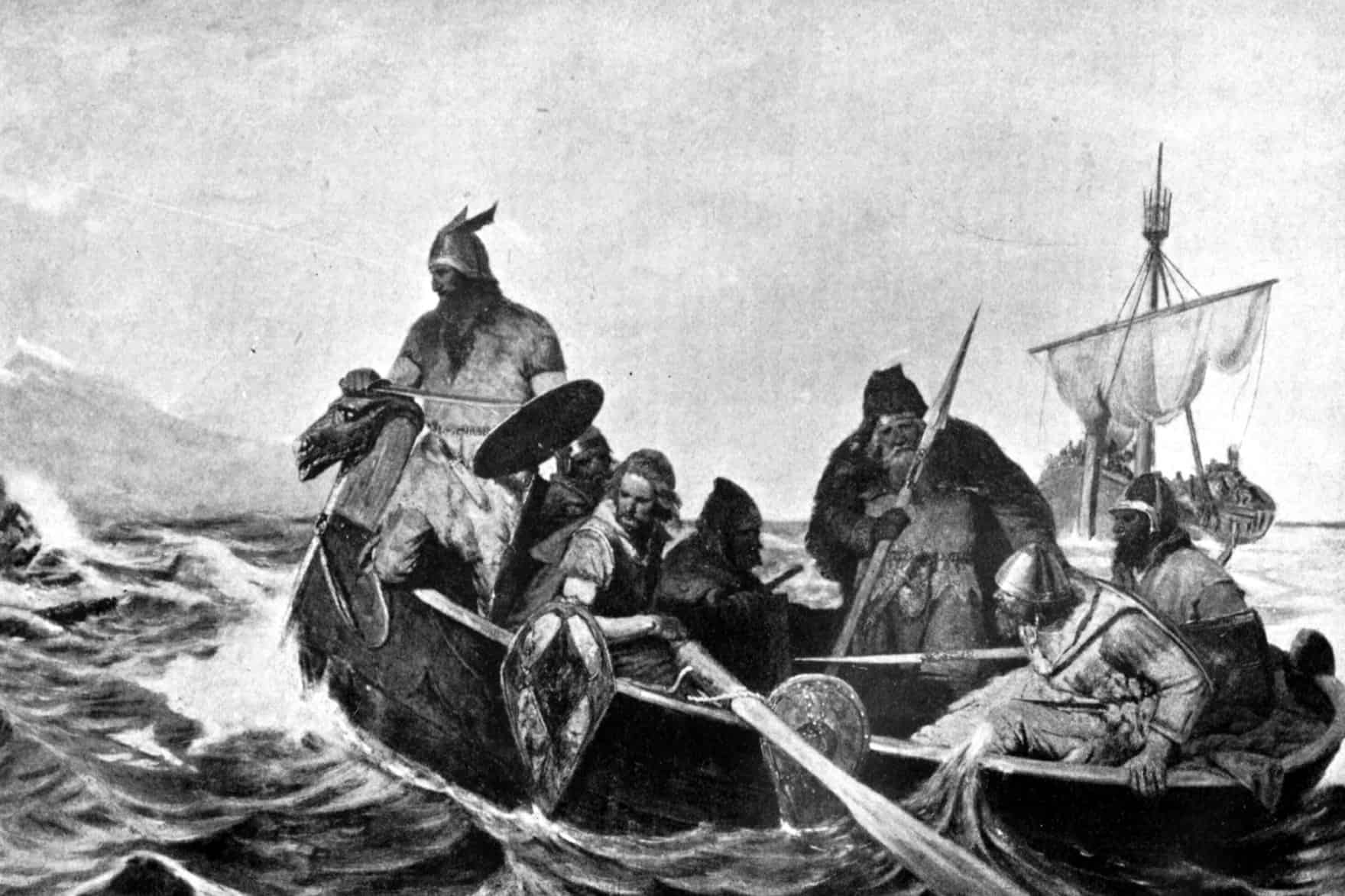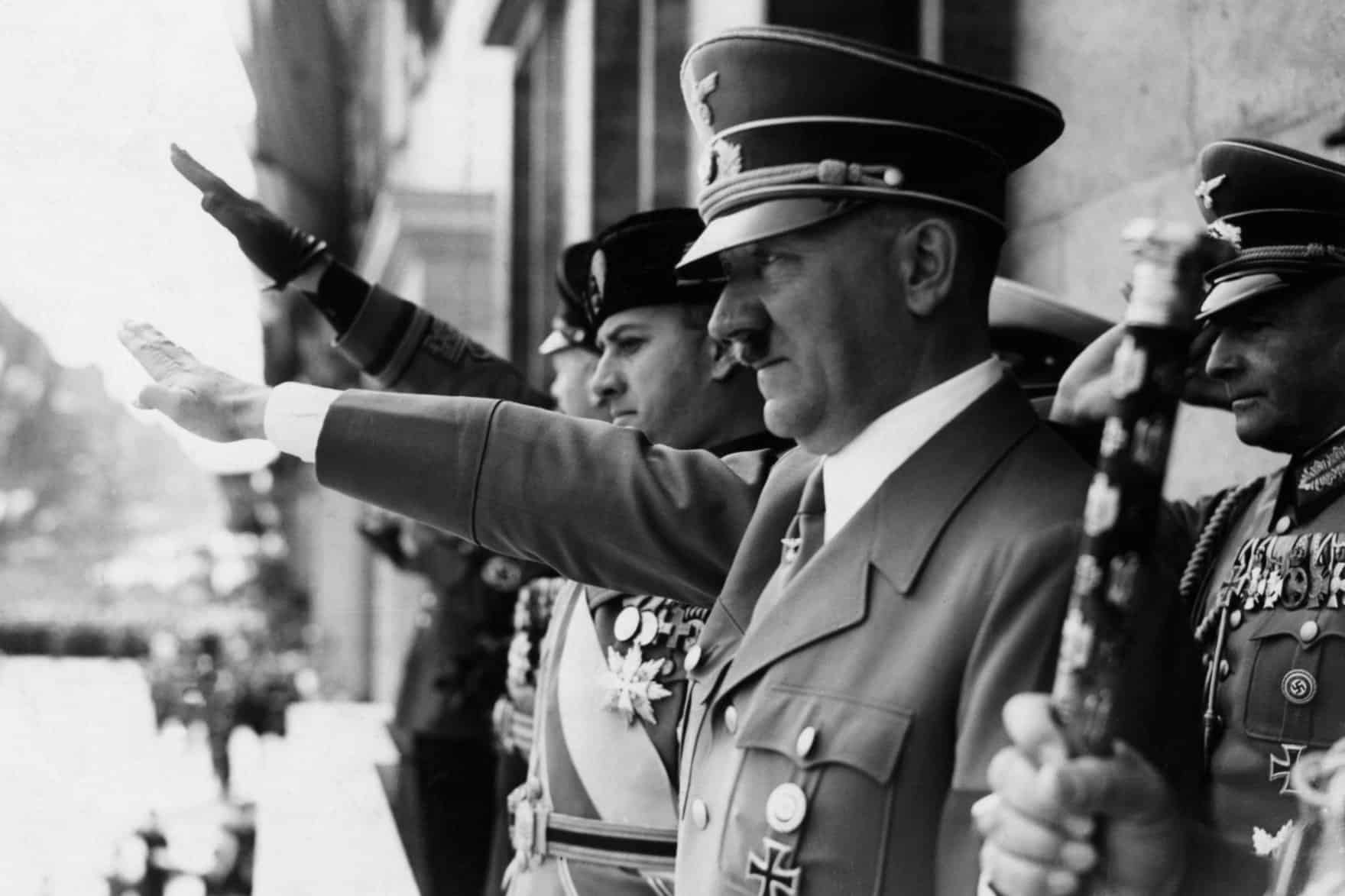Ever since I got my sleeve tattoo I’ve always known that I wanted to get a sleeve on the other arm as well.
I’ve spent years trying to figure out how to visualise the idea of the balance in life through learning and wisdom until I finally found something which resonated with me.
Ganesha is widely revered as the remover of obstacles, the patron of arts and sciences and the deva of intellect and wisdom.
“Perfect,” or so I thought.
I already knew a little about Hinduism and their deities but excited to learn more I started researching and cross-referencing their history and complex meaning. I compared images and iconography and made little notes and drawings along the way.
It didn’t take long for a sketch to take form.

Somewhere along the way, I heard the story about the white woman who got herself a dreamcatcher tattoo—a Native American symbol originating from the Ojibwe people.
It was at this point that Carlos thought, ‘Can I, a white guy, not put whatever I like on my body?”
I had researched Hindu mythology but not their tattoo history.
India, like almost every culture in the world, has a strong tradition of Gudna (burying the needle in Hindi).
Often performed by village elders or traveling Kothari women, they would use three or more sharp needles tied up in a thread to mark the skin with Kolam- and other maze-like patterns.
Looking back at history, it seems that tattoos have always revolved around superstitious, secular and religious subjects of devotion meant to either protect its wearer from bad fortune or draw good fortune towards them.
But by getting a tattoo featuring Ganesha I wouldn’t be participating in Gudna.
Instead, I would be applying a very Western touch with its history of colonialism to an important deity from Hinduism, Jainism and Buddhism.
And then wearing that colonial subjugation on my arm.
Whilst it seems there’s an element of intention and that it’s possible to be respectful of a culture that isn’t part of your own heritage, I didn’t feel like my intentions stood up to such scrutiny.
A little frustrated but accepting, it didn’t take long before I slapped my hand across my face in Patrik Stewart-like realisation, “I’ve got lots of deities of my own to draw inspiration from.”
Why would I turn to other cultures, pillage and take another white-guy-shit on their heritage, when I can turn to the very definition of pillage?

“This is perfect,” or so I thought.
Norse mythology has a wide range of iconography and rich stories to draw inspiration from as I get ready to begin another sketch.
But it feels a little familiar, doesn’t it?
There’s just something that makes me feel like I’ve seen this somewhere else.
I just can’t quite put my finger—

Neo-fucking-Nazis.
It was at this point that Carlos thought, ‘Who do these white guys think they are? They can’t put whatever they like on their bodies!”
As if having to deal with the prominent resurgence of bald white Neo-Nazi assholes again isn’t bad enough, they’re bald white Neo-Nazi assholes covered in swastikas, Celtic crosses, runes and Thor’s hammer.
Symbols they stole and bastardised in the name of hate and violence.
Indian symbols. Celtic symbols. Norse symbols.
Their most famous one, the Swastika, originally a Sanskrit symbol for divinity and spirituality which means, “conducive to well being or auspicious,” now tainted by Nazis and their antisemitism, scientific racism, and eugenics.
Symbols that can’t be used by the people who made them because their meaning has been soiled.
And you know what?
I get it.
It hurts to see someone take your heritage and debase it with their ideologies and agendas.
Just like I have no right to put whatever I like on my body, neither do Neo-Nazis.
So here I am, two different tattoo cultures but neither one I can or want to use.
I still want another sleeve tattoo but not at the expense of other people’s rich and living cultures.
I’ll have to think of something else.